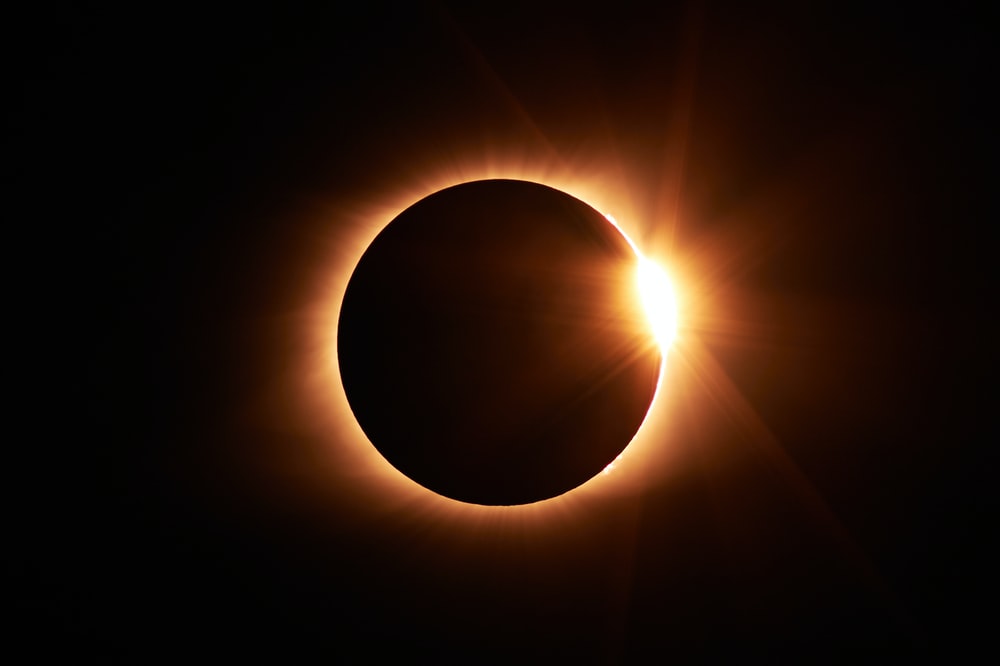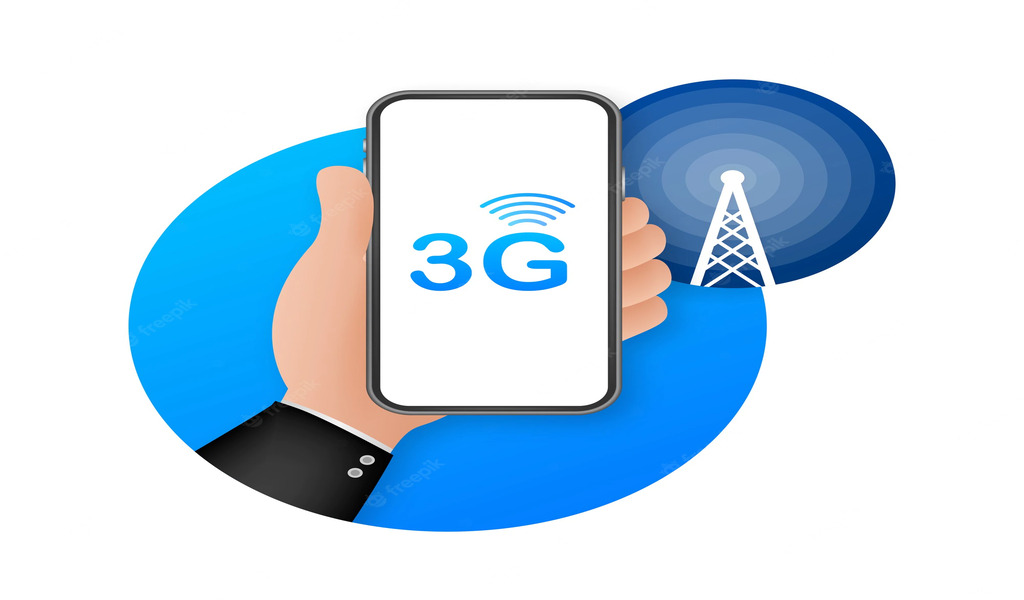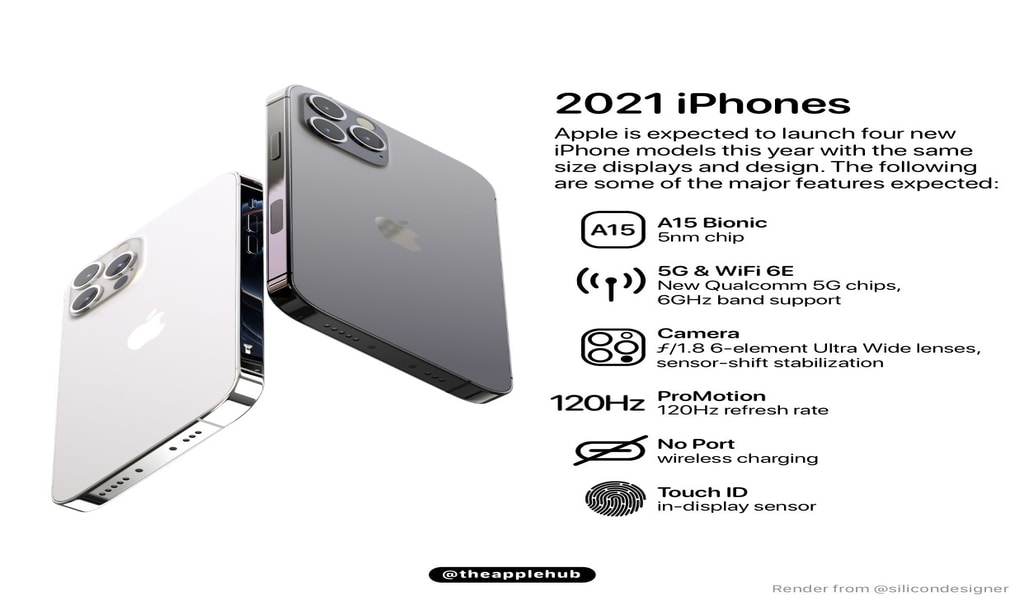THE LAST SOLAR ECLIPSE OF 2020
A picture depicting a total Solar Eclipse
It is always fascinating to admire the stars and our solar system. They are there to tell you that something somewhere far from you is watching you and it's way stronger than you would ever dream of being.
One question that always arrives in the minds of all the stargazers out there, from rookie to pro, is what exactly an eclipse is.
“An eclipse takes place when one heavenly body such as a moon or planet moves into the shadow of another heavenly body. There are two types of eclipses on Earth: an eclipse of the moon and an eclipse of the sun,” source NASA.
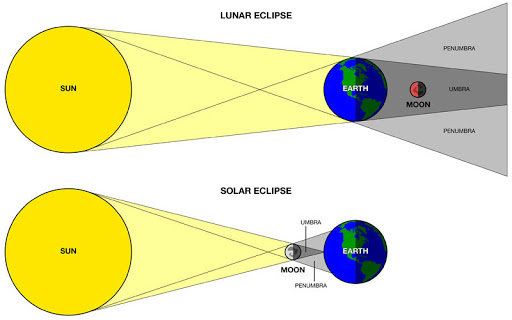
So basically an eclipse is a phenomenon of shadowing one heavenly object with another heavenly object. Therefore, giving an equal opportunity to both Mother Earth and the Moon to shadow each other. When Moon is directly between the light path of the Sun and Earth, it makes a Solar eclipse, and likewise, when the moon reaches just behind the earth and her shadow, it makes a Lunar eclipse.
Now both Lunar and Solar eclipses can occur anywhere between 2 to 5 times a year and are classified into three different categories– total, partial, and penumbral.
To witness the last solar eclipse of 2020, you need to travel to South-West Africa, Chile, and Argentina in South America, Antarctica, and also in pacific, Atlantic, and parts of the Indian Ocean as it is projected to be visible only in these regions. Though we suggest you avoid it for now and make plans for the next one, hopefully when the pandemic is over.
This will be a total solar eclipse and will occur on December 14th around 19:00 HRS in the evening and it’ll reach its peak around 21:13 HRS. The eclipse will completely end on the next day around 00:23 HRS midnight. The total eclipse covering the entire portion of the sun would last around 2 minutes and 9 seconds.
A Safety Advise From NASA
“The rods and cones in the human retina are very sensitive to light. Even a thin sliver of the sun’s disk covers thousands of these light-sensitive cells. Normally during daylight conditions, the iris contracts so that only a small amount of light passes through the lens and then reaches the retina. This level of indirect sunlight is perfectly OK and the eye has evolved over millions of years to safely see the daylight world under most circumstances. The problem is that the sun’s surface is so bright that if you stare at any portion of it, no matter how small, it produces enough light to damage individual retinal cells. It takes a few seconds for this to happen, but afterwards, you will see a spot as big as the solar surface you glimpsed when you look away from the sun at some other scenery. Depending on how long you gazed at the sun and how badly the retinal cells were damaged, this spot will either fade away in time or remain permanent. You should never assume that you can look away quickly enough to avoid eye damage because every person is different in terms of their retinal sensitivity, and you do not want to risk being the one who damages their eyes just to try to look at the sun. If you want to see what the sun looks like, use a properly-equipped telescope. Or why not just go online and view thousands of pictures taken of the sun by telescopes and NASA spacecraft!,” source NASA’s science article.
Do check our other blogs related to space technology by diving into our science and technology blog section. Also check our trending news section to keep yourself updated on everything thats going around on the globe.
CATEGORIES
- Digital Marketing
- Marketing
- Entertainment
- Medical
- Science and Technology
- Politics
- Sports
- Environment
- Campaign
- Interview
- Viral
- What's Trending
- Trending News
- Viral Videos
- Youtube Trends
- Social Media Ranking
- Twitter Trends
- Google Trends
- Top Politicians
- Top Cricketers
- Top Influencers
- Best Campaigns
- Google News
- News
-
 Oct 11, 2020
Oct 11, 2020SEO Content Writing Vs. SEO Copywriting:...
-
 Dec 15, 2020
Dec 15, 2020#Karnatakaiphoneplantagitation: Workers...
-
 Dec 15, 2020
Dec 15, 2020#OLA Invests ₹2400 Crores For Our Futur...
-
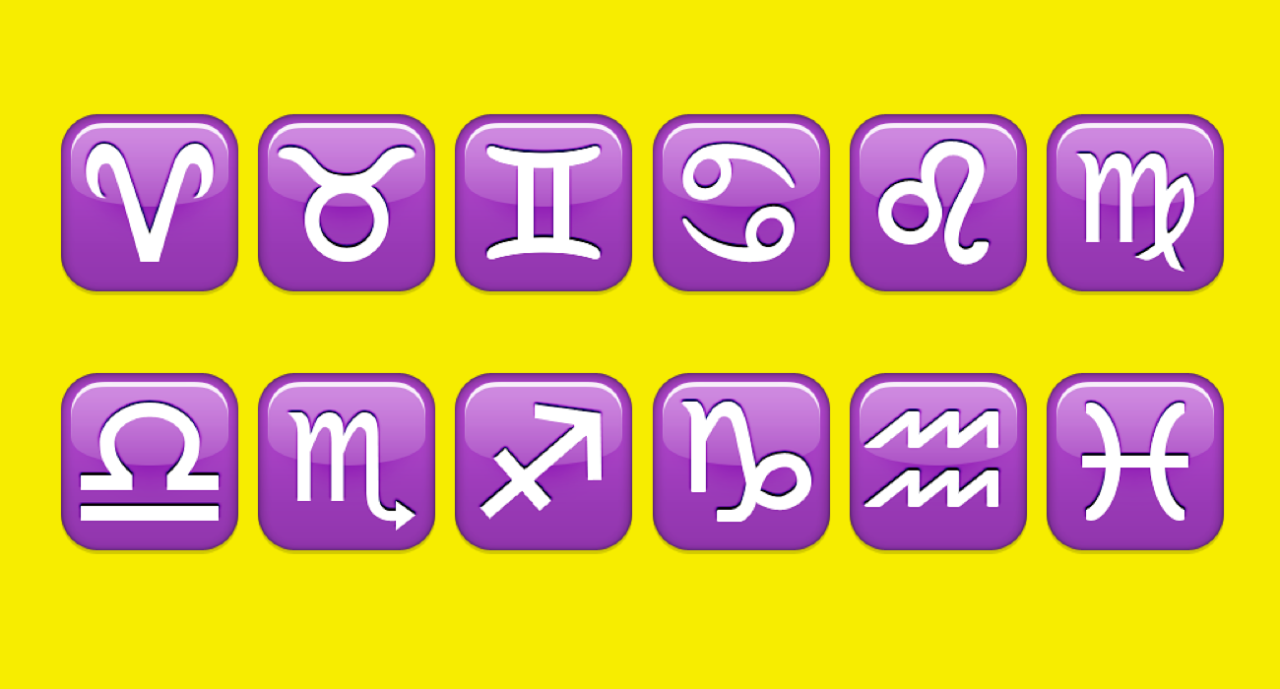 Dec 15, 2020
Dec 15, 2020#Snapchat Launches Astrology Profile
-
 Dec 15, 2020
Dec 15, 2020Know Why #BOYCOTTJIOSIM Is Trending On S...
-
 Aug 01, 2023
Aug 01, 2023India's Chandrayaan-3 On Track For Lunar...
-
 May 17, 2023
May 17, 2023Zara Hatke Zara Bachke Trailer Review(Ra...
-
 Aug 04, 2022
Aug 04, 2022'Har Ghar Tiranga' Campaign Created Stor...
-
 Dec 16, 2020
Dec 16, 2020#Skillhaitohfuturehai: Mahindra's Flagsh...
-
 Dec 15, 2020
Dec 15, 2020#OLA Invests ₹2400 Crores For Our Futur...
HIGHLIGHTS
- Realme Pad Specifications Teased, Will C...
- MARKETS: Sensex Down 300 Pts, At Days Lo...
- Afghanistan Crisis Live Updates: NIA Chi...
- Women Will Be Admitted To NDA, "Historic...
- Taliban's New Education Minister Says Ph...
- India's T20 World Cup Selection Question...
- New JioFiber Quarterly Broadband Plans I...
- Explained: How Your Cat Got Its Stripes...
- Who Is Aesha Mukherji? All You Need To K...
- Long Live Test Cricket While We've Virat...


